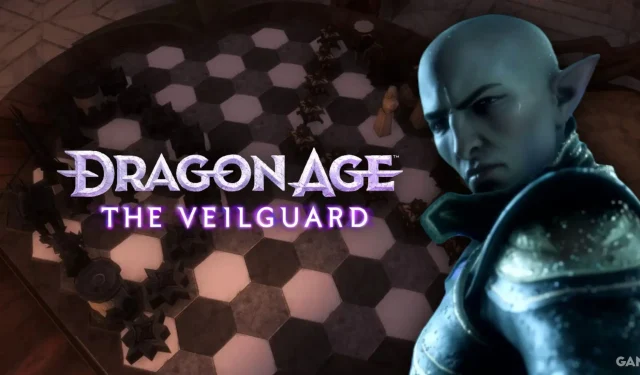
Warning: Spoilers Ahead for Dragon Age: The Veilguard
The narrative intricacies of Dragon Age: The Veilguard are enriched by the strategic themes of chess, which BioWare intricately weaves into its storytelling. As the latest installment in the series and a direct sequel to Dragon Age: Inquisition and its downloadable content, the game further deepens the lore surrounding the franchise. It delves into everything from the mythological accounts of ancient elven deities to the origins of the Blight. At its heart, the journey revolves around Rook, the game’s protagonist, who challenges the notorious Dread Wolf, Solas.
Subtle chess allusions frequent the game, appearing not only in character names but also in the design of significant game elements like the decorative chess set found in the Lighthouse hub. These motifs suggest a deliberate reflection on the strategic components of chess within the game’s plot. The parallels drawn between Rook and Solas illustrate how chess strategies, particularly “castling”, are employed to depict clever maneuvers as Rook navigates his conflicts with Solas throughout the game.
Unraveling Chess Motifs in Dragon Age: The Veilguard
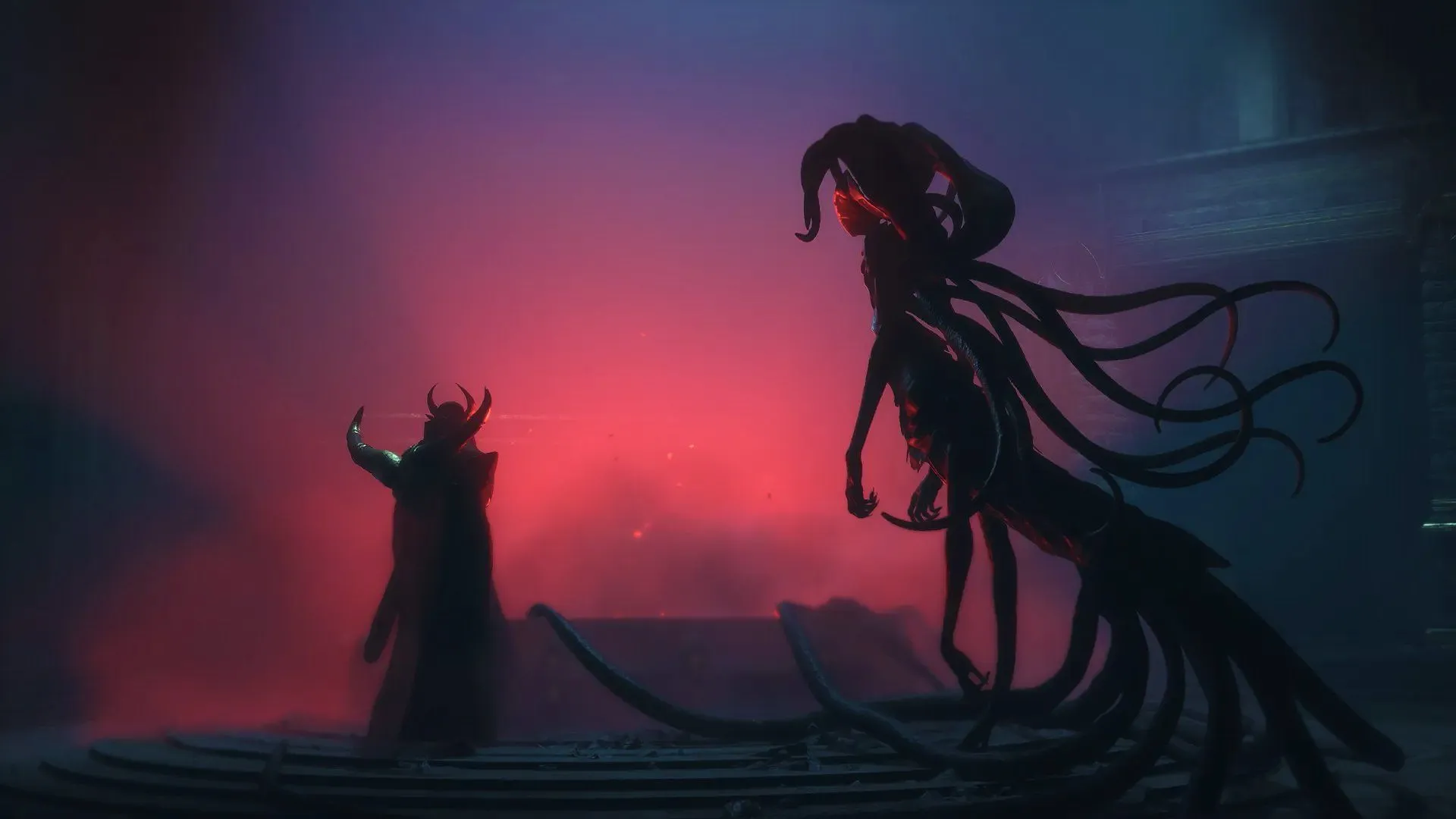
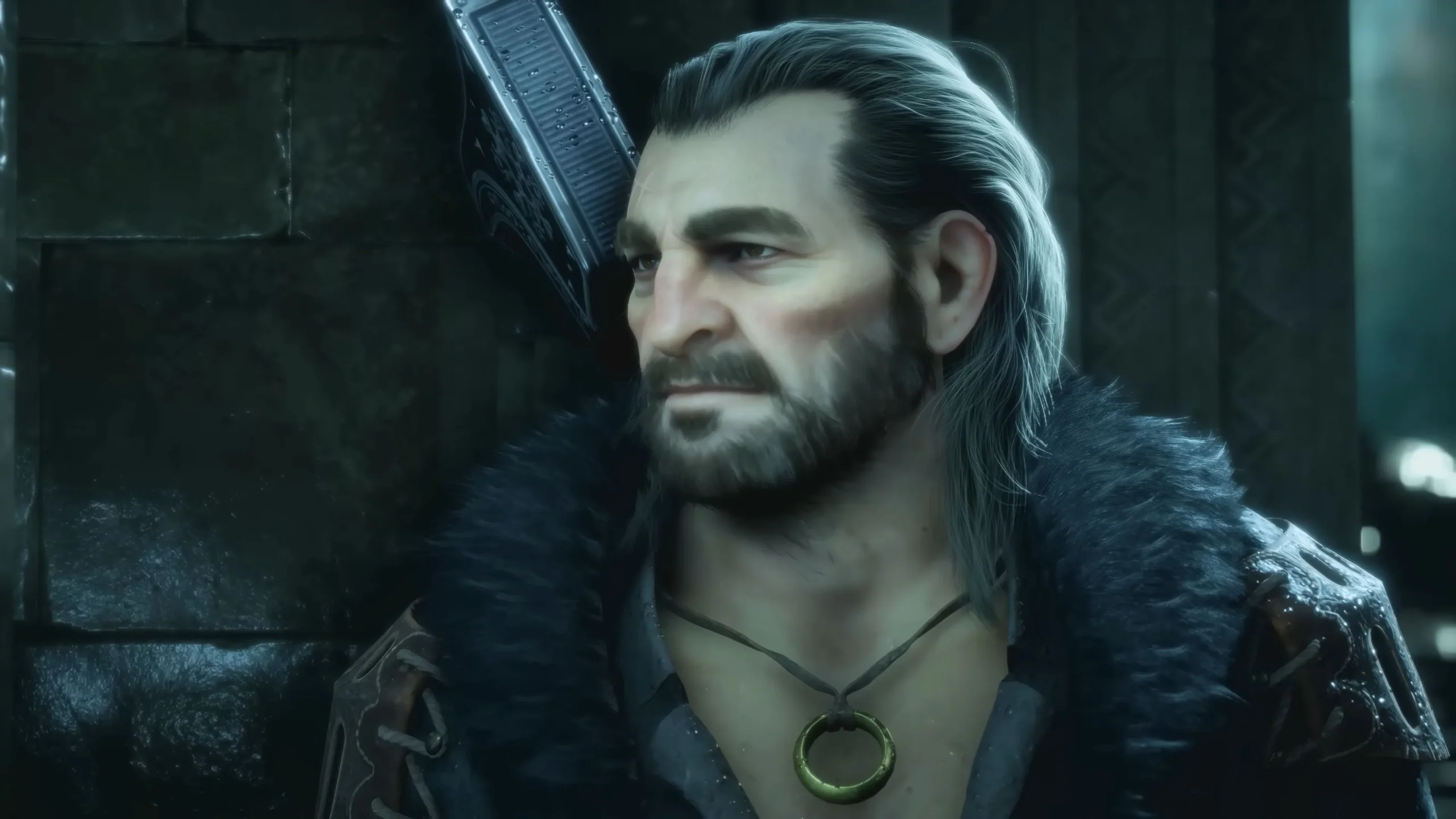
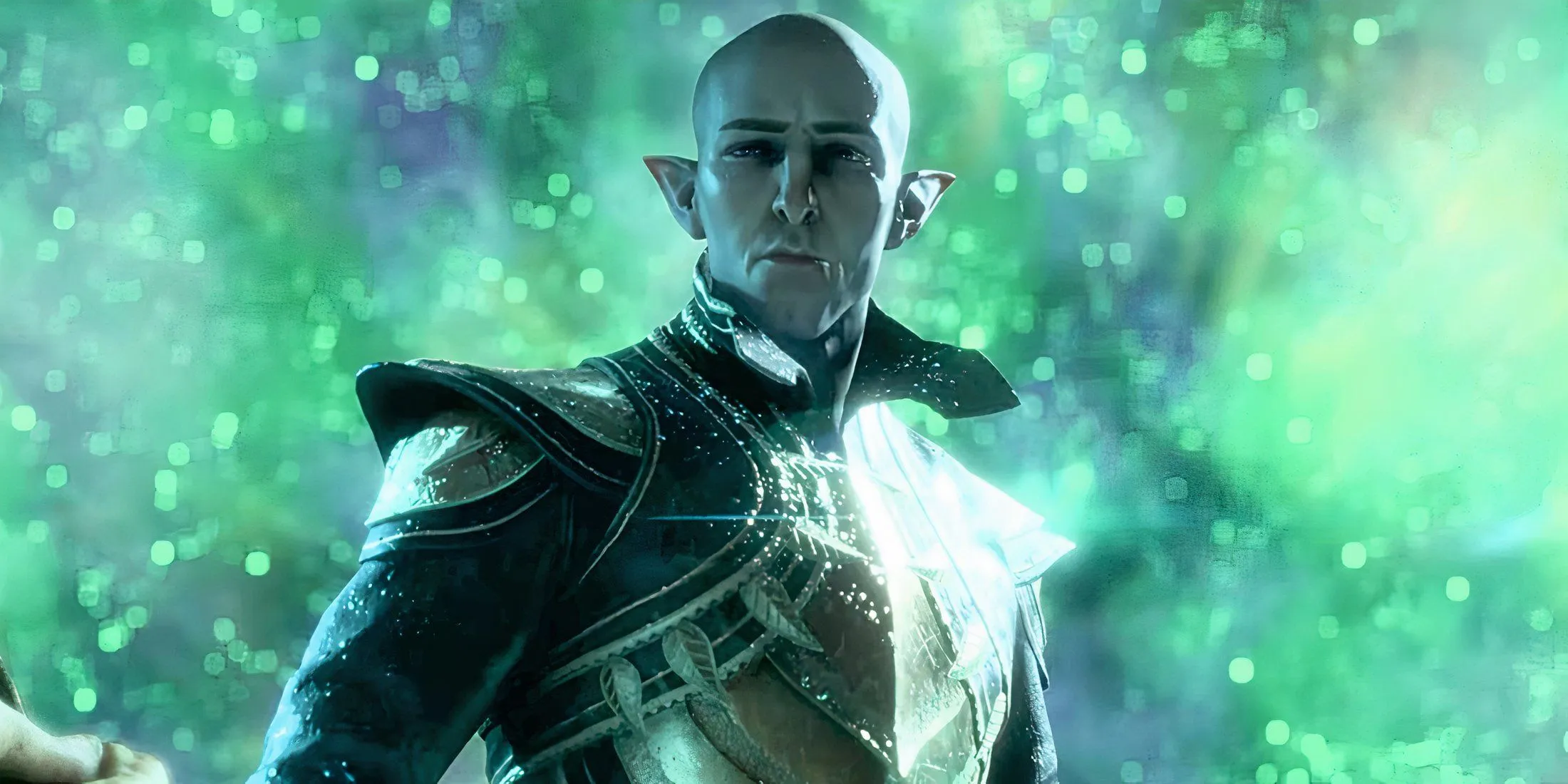

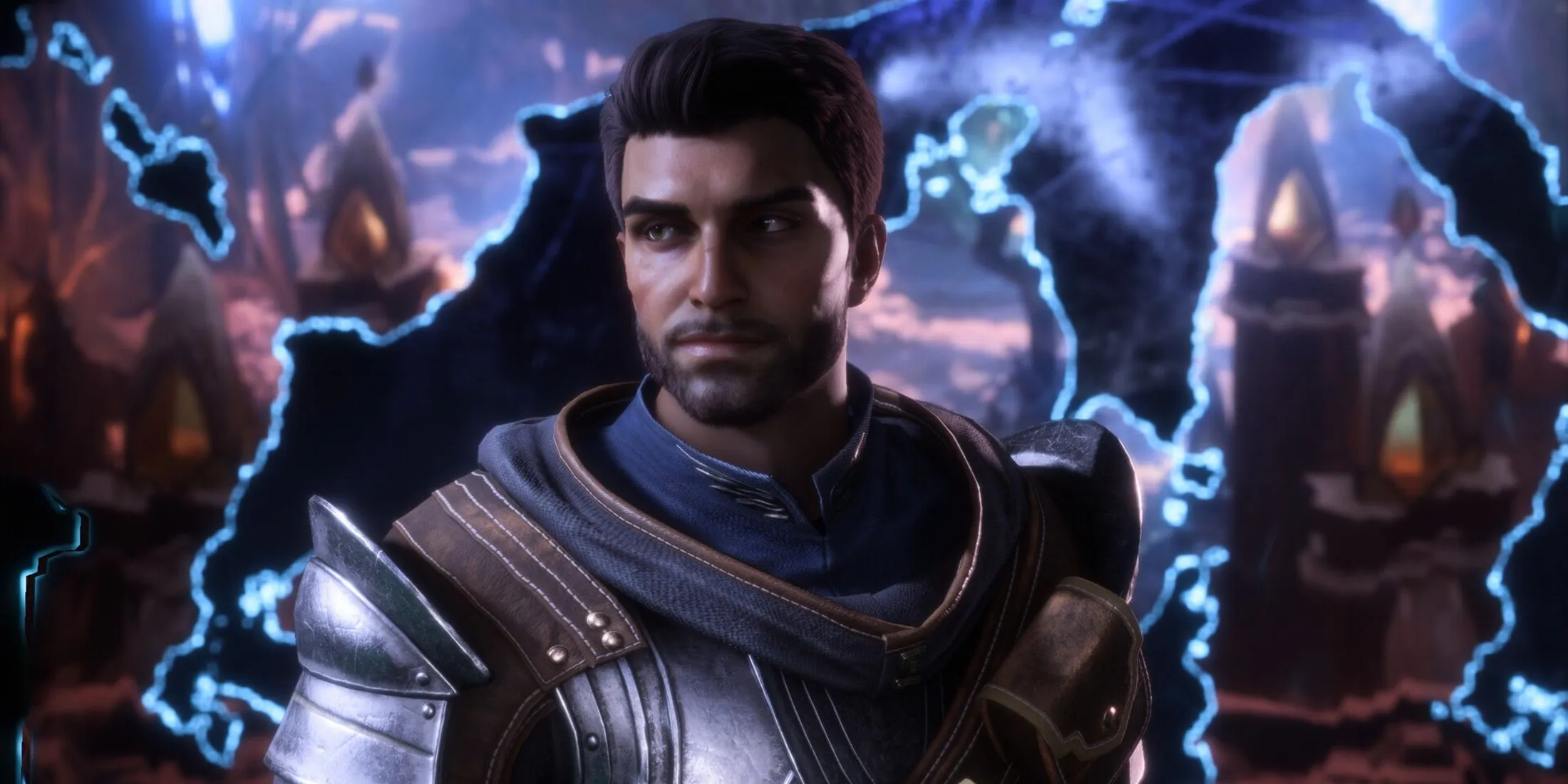
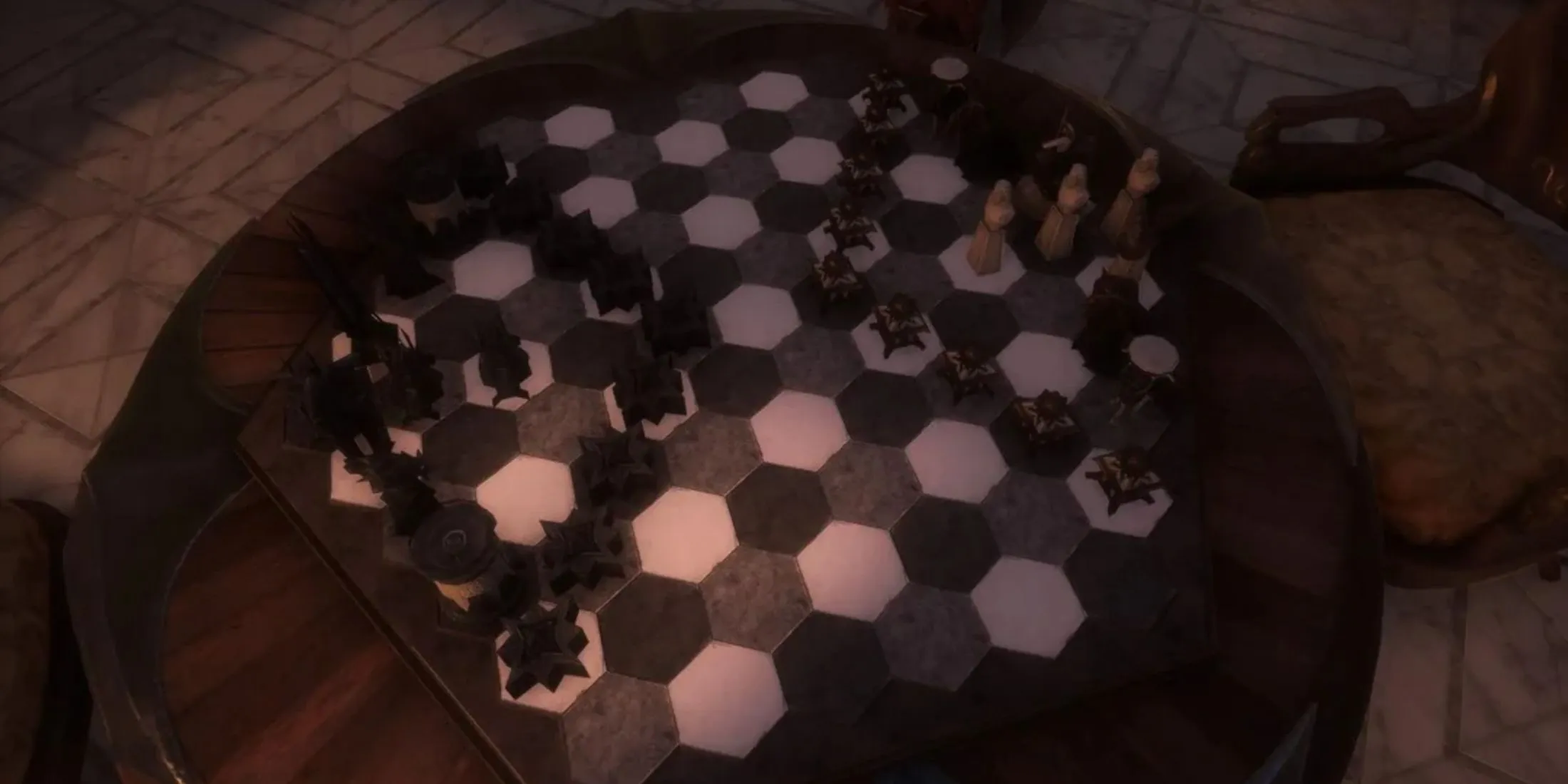
BioWare’s intentional inclusion of chess-related elements in DA: The Veilguard goes beyond mere decoration. The game features a unique version of chess called hexagonal chess, encompassing nine pawns. Remarkably, this suggests a representation for each companion in the game alongside Rook. Furthermore, as a significant piece in chess, Rook’s designation aptly reflects where the chess domain influences the narrative framework of the game.
The strategic move known as “castling”serves as a pivotal element in Rook’s storyline. This move often aims to relocate the king to a more secure position while simultaneously enabling the rook’s development. The plot of DA: The Veilguard exemplifies this strategy brilliantly. It showcases the contrast between Solas, who remains “safe”in the Fade, and Rook, who continues to engage in battles against Elgar’nan and Ghilan’nain, showcasing the dynamic interplay of their roles in the unfolding story.
Chess and Castling as Narrative Tools in Dragon Age: The Veilguard
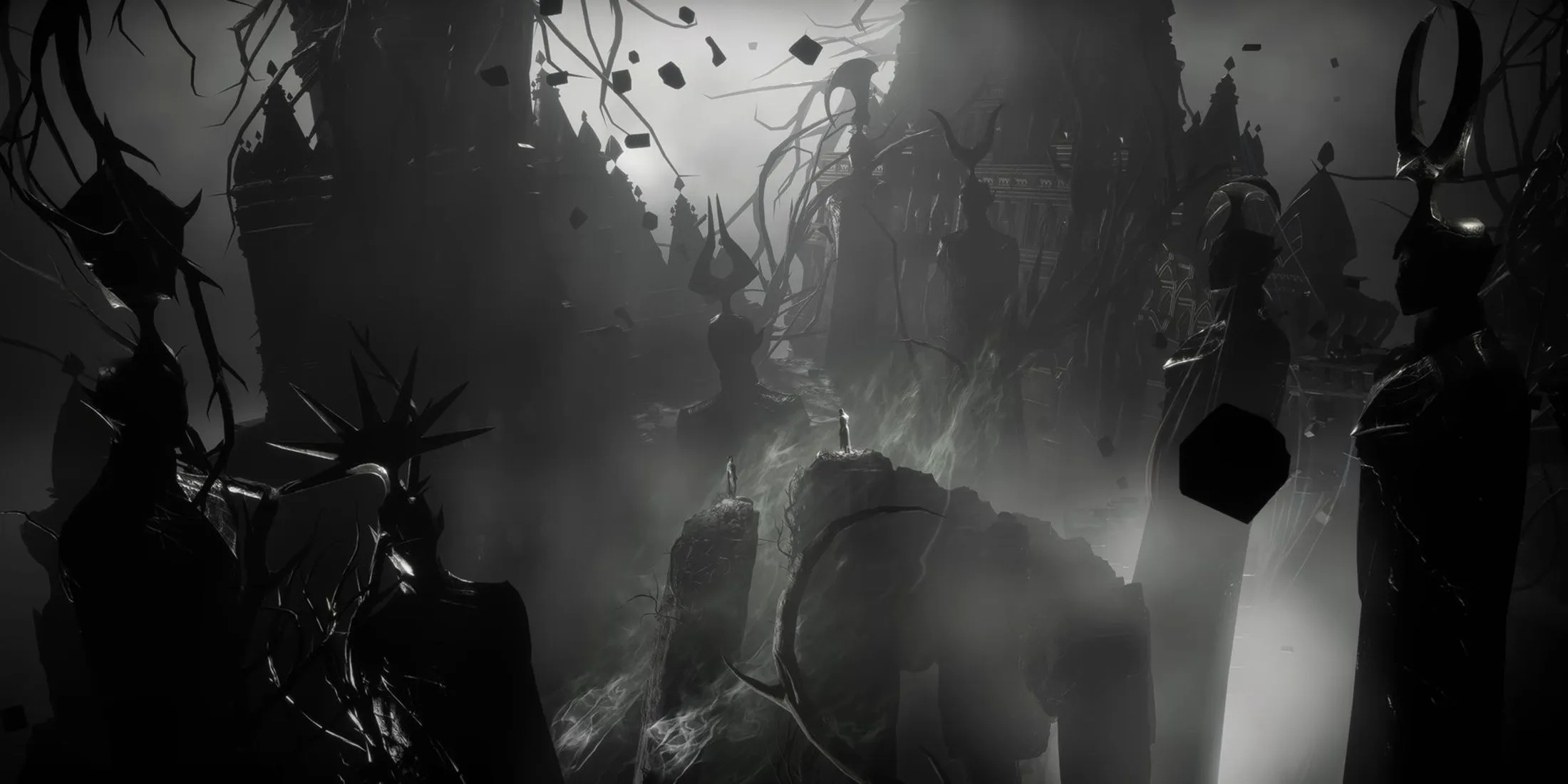
If players frame the game as a chess match, castling between Rook and Solas becomes a fundamental narrative device. This strategic maneuver not only highlights Rook’s proactive involvement in Solas’ struggle against Elgar’nan and Ghilan’nain—represented as the opposing king and queen—but also elucidates Solas’ role as a background figure until the climax of the game. Much like a chess king, Solas only emerges as a strategic ally towards the conclusion of DA: The Veilguard, while Rook maintains an active position throughout, leading to Solas’ eventual defeat.
In terms of casting strategy, the game takes a “queenside”approach. Solas employs blood magic to manipulate Rook’s memories, obscuring Varric’s demise. Unlike the “kingside”move, which offers greater protection, the queenside strategy renders Solas more vulnerable. This dynamic parallels Rook’s growing awareness of Solas’ betrayals and showcases the underestimated potential of Rook to escape the confines of the Fade. The deliberate use of chess motifs suggests that BioWare may continue to explore this strategic depth in future installments, such as with Dragon Age’s Executors.




Leave a Reply